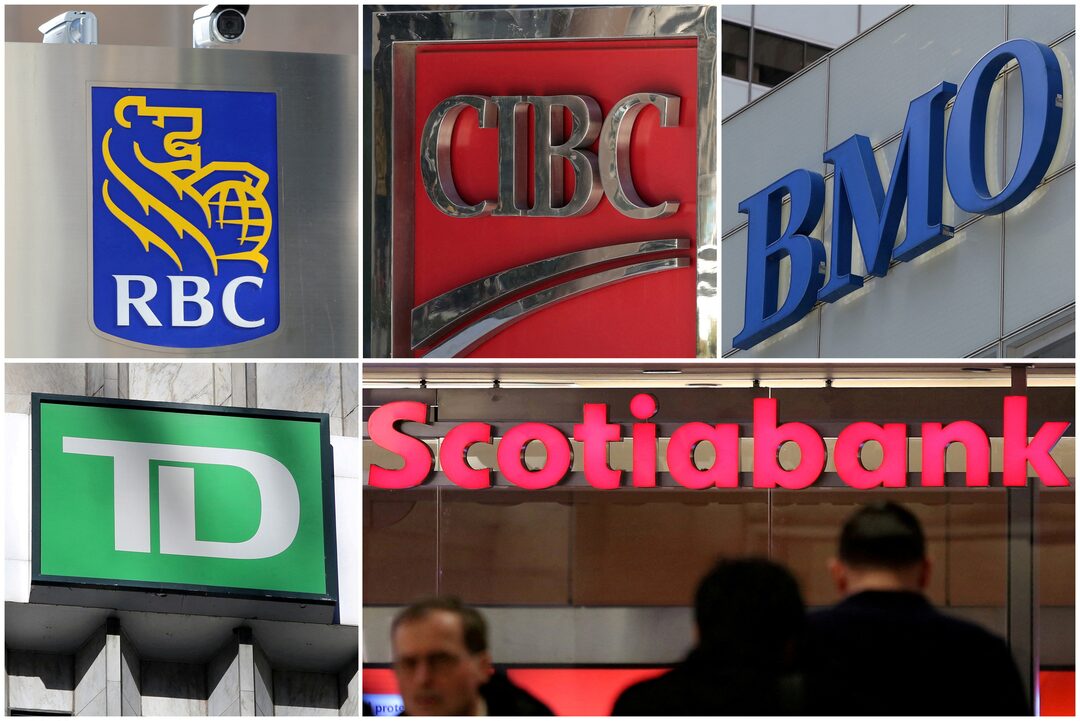In recent years, Canada’s banking system has consistently ranked among the most stable and trusted in the world. With the “Big Five” banks — RBC, TD, Scotiabank, BMO, and CIBC — dominating the financial landscape, many Canadians assume their money is in good hands.
But behind the polished branding and friendly customer service, critics and consumer advocates argue that the major banks are not as transparent as they could be — especially when it comes to fees, digital innovation, and customer data usage.
So, what exactly are Canada’s biggest financial institutions keeping under wraps?
1. Hidden and Complex Banking Fees
Canadian banks have long been criticised for charging some of the highest banking fees in the developed world. Monthly account maintenance charges, overdraft fees, ATM withdrawal costs, and foreign transaction fees are just a few of the many ways banks profit from everyday transactions.
A 2023 survey by the Financial Consumer Agency of Canada (FCAC) found that over 40% of Canadians didn’t fully understand the fees they were being charged. Many customers discover only after reviewing lengthy statements that they’ve been paying for services they never requested.
“Transparency around fees remains a concern. Many consumers simply don’t know what they’re paying for,” said Lucie Tedesco, former commissioner of the FCAC.
2. Limited Innovation in Digital Banking
While fintech companies and neobanks around the world offer advanced features such as real-time budgeting, AI-driven savings tools, and seamless multi-currency accounts, Canadian banks have been slower to adopt these technologies.
This lag in innovation has prompted some consumers — particularly millennials and Gen Z — to look toward non-traditional platforms such as KOHO, Wealthsimple, and EQ Bank for more modern solutions.
A 2024 report by Deloitte found that Canadian banks are “risk-averse” when it comes to digital transformation, often prioritising compliance and regulation over customer experience.
3. Use of Customer Data Without Full Clarity
While not unique to Canada, the use of customer data by major banks remains a grey area. Many Canadians are unaware of how their financial behaviours — including spending patterns, credit use, and savings habits — are analysed and potentially monetised.
Although banks typically use aggregated and anonymised data, critics say the average consumer lacks meaningful control over how their information is shared with third parties or used for internal marketing purposes.
Canada has no federal equivalent to the EU’s GDPR, and although new privacy legislation (Bill C-27, the Digital Charter Implementation Act) is in progress, the current framework does not always guarantee full transparency.
4. Ethical Investment Gaps
ESG (Environmental, Social, and Governance) investing is on the rise, but some of Canada’s biggest banks continue to invest heavily in fossil fuel projects. According to the Rainforest Action Network, Canadian banks ranked among the top global funders of oil, gas, and coal projects in 2023.
While many banks promote their sustainability initiatives in advertising campaigns, advocacy groups argue that their portfolios tell a different story.
Conclusion
Canada’s banking sector remains a pillar of financial stability — but stability should not be confused with perfection. Transparency around fees, digital innovation, data usage, and ethical investing are areas that deserve greater public attention.
As customers become more informed and alternatives emerge, pressure will likely increase on the traditional banks to lift the veil and embrace clearer, more customer-centric practices.
Sources:
- Financial Consumer Agency of Canada (FCAC), 2023 Report on Banking Fees — https://www.canada.ca/en/financial-consumer-agency.html
- Deloitte Canada, 2024 Digital Banking Outlook — https://www2.deloitte.com/ca
- Rainforest Action Network, Banking on Climate Chaos 2023 — https://www.bankingonclimatechaos.org
- Canadian Parliament — Bill C-27 (Digital Charter Implementation Act) — https://www.parl.ca
- CBC News, “Why Canadian banking fees are so high” — https://www.cbc.ca/news

